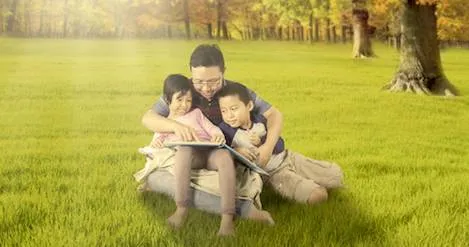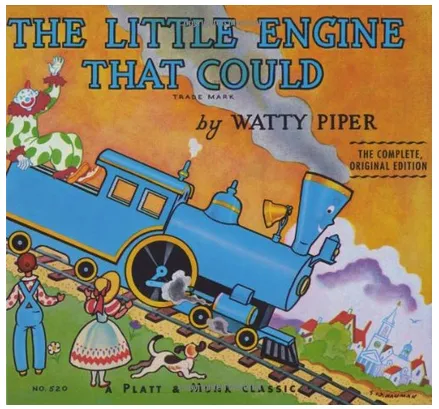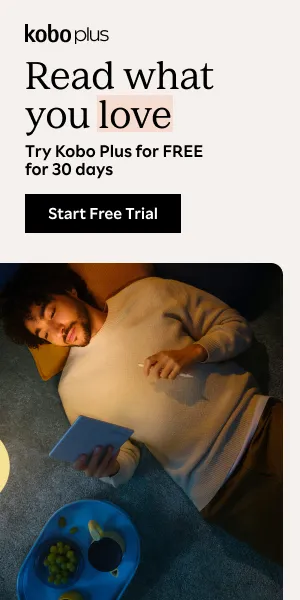
The Case for Gender-Swapping Characters When Reading to a Child
This content contains affiliate links. When you buy through these links, we may earn an affiliate commission.
Parenthood has taught me that when it comes to reading aloud to children, there are two kinds of people:
 Let me set the scene: Little Blue Truck, the intrepid protagonist, has just tooled into the city and has found himself at the center of a traffic jam. He’s hemmed in by a bus, a grocery truck, a street sweeper and the mayor’s limo, all of whom are shouting at him to move.
It is here where I can’t help myself from reading one of the antagonists, the limousine, as female.
The first time I read the scene, I didn’t read it wrong on purpose. I thought the limo was female. Because my son demands the book twice an evening, I quickly realized my mistake.
The limo is identified as “he,” as are all the characters in the book with identified genders — Little Blue Truck is a male, as well as the grocery truck, the limo and the mayor.
So now I just read the limo as female, because why not? Why not play with gender when most of the characters are machines anyhow?
Since then, I’ve played with gender when reading any book featuring an animal or machine where gender is ambiguous (baby steps – I’m not a full Cartman yet) and it’s opened up the way we read certain stories, jobs, and roles.
This isn’t a criticism of Schertle, by the way. Her Little Blue Truck books teach compassion, patience, and kindness, and they’ve also helped us teach our toddler to talk.
This is, however, a reaction against a culture that still tends to insert one pink or purple female character into franchises aimed at boys.
Let me set the scene: Little Blue Truck, the intrepid protagonist, has just tooled into the city and has found himself at the center of a traffic jam. He’s hemmed in by a bus, a grocery truck, a street sweeper and the mayor’s limo, all of whom are shouting at him to move.
It is here where I can’t help myself from reading one of the antagonists, the limousine, as female.
The first time I read the scene, I didn’t read it wrong on purpose. I thought the limo was female. Because my son demands the book twice an evening, I quickly realized my mistake.
The limo is identified as “he,” as are all the characters in the book with identified genders — Little Blue Truck is a male, as well as the grocery truck, the limo and the mayor.
So now I just read the limo as female, because why not? Why not play with gender when most of the characters are machines anyhow?
Since then, I’ve played with gender when reading any book featuring an animal or machine where gender is ambiguous (baby steps – I’m not a full Cartman yet) and it’s opened up the way we read certain stories, jobs, and roles.
This isn’t a criticism of Schertle, by the way. Her Little Blue Truck books teach compassion, patience, and kindness, and they’ve also helped us teach our toddler to talk.
This is, however, a reaction against a culture that still tends to insert one pink or purple female character into franchises aimed at boys.
 One of the things I’ve always loved about Watty Piper’s The Little Engine That Could (published in 1930) is that some of the engines are female, including the little blue engine herself.
Here are some reasons I think everyone should try genderswapping the characters in one book:
One of the things I’ve always loved about Watty Piper’s The Little Engine That Could (published in 1930) is that some of the engines are female, including the little blue engine herself.
Here are some reasons I think everyone should try genderswapping the characters in one book:
- Hermiones: people who read the book as it was written
- Cartmans: people WHO DO WHAT THEY WANT
 Let me set the scene: Little Blue Truck, the intrepid protagonist, has just tooled into the city and has found himself at the center of a traffic jam. He’s hemmed in by a bus, a grocery truck, a street sweeper and the mayor’s limo, all of whom are shouting at him to move.
It is here where I can’t help myself from reading one of the antagonists, the limousine, as female.
The first time I read the scene, I didn’t read it wrong on purpose. I thought the limo was female. Because my son demands the book twice an evening, I quickly realized my mistake.
The limo is identified as “he,” as are all the characters in the book with identified genders — Little Blue Truck is a male, as well as the grocery truck, the limo and the mayor.
So now I just read the limo as female, because why not? Why not play with gender when most of the characters are machines anyhow?
Since then, I’ve played with gender when reading any book featuring an animal or machine where gender is ambiguous (baby steps – I’m not a full Cartman yet) and it’s opened up the way we read certain stories, jobs, and roles.
This isn’t a criticism of Schertle, by the way. Her Little Blue Truck books teach compassion, patience, and kindness, and they’ve also helped us teach our toddler to talk.
This is, however, a reaction against a culture that still tends to insert one pink or purple female character into franchises aimed at boys.
Let me set the scene: Little Blue Truck, the intrepid protagonist, has just tooled into the city and has found himself at the center of a traffic jam. He’s hemmed in by a bus, a grocery truck, a street sweeper and the mayor’s limo, all of whom are shouting at him to move.
It is here where I can’t help myself from reading one of the antagonists, the limousine, as female.
The first time I read the scene, I didn’t read it wrong on purpose. I thought the limo was female. Because my son demands the book twice an evening, I quickly realized my mistake.
The limo is identified as “he,” as are all the characters in the book with identified genders — Little Blue Truck is a male, as well as the grocery truck, the limo and the mayor.
So now I just read the limo as female, because why not? Why not play with gender when most of the characters are machines anyhow?
Since then, I’ve played with gender when reading any book featuring an animal or machine where gender is ambiguous (baby steps – I’m not a full Cartman yet) and it’s opened up the way we read certain stories, jobs, and roles.
This isn’t a criticism of Schertle, by the way. Her Little Blue Truck books teach compassion, patience, and kindness, and they’ve also helped us teach our toddler to talk.
This is, however, a reaction against a culture that still tends to insert one pink or purple female character into franchises aimed at boys.
 One of the things I’ve always loved about Watty Piper’s The Little Engine That Could (published in 1930) is that some of the engines are female, including the little blue engine herself.
Here are some reasons I think everyone should try genderswapping the characters in one book:
One of the things I’ve always loved about Watty Piper’s The Little Engine That Could (published in 1930) is that some of the engines are female, including the little blue engine herself.
Here are some reasons I think everyone should try genderswapping the characters in one book:
- You have a little control over the narrative. I don’t have to wait for a book with a cast of whatever gender make-up I specifically want. If we want, the tortoise and the hare can both be female.
I’ll admit that this experiment has not been perfect. I have only been changing male characters to females, for one thing. One reason for that is that many books featuring machines are almost exclusively written with male casts.
Another? I really don’t know what stereotypes would be challenged if I read the Little Engine That Could as male since I think she occupies a traditionally male role already. But next time I get a chance to read it, I’ll read her as him and find out.









